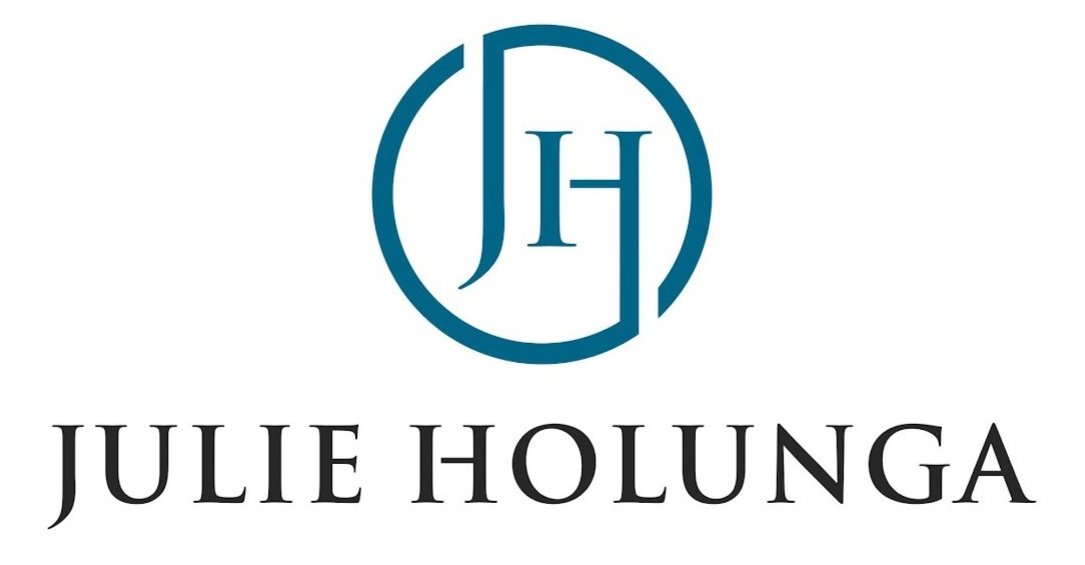Dealing with Conflict More than You’d Like? 5 Ways to Fix it
Be honest…Do you avoid conflict with colleagues, clients, friends, and family members? Would you rather not deal with it? Maybe… it will resolve itself. Or maybe… the other party, with a little distance, will realize that you are right. And you need not do a thing.Sounds amazing, doesn’t it?Well… that’s not going to happen. Stop dreaming. Conflict does not resloved by avoiding it. Before I built my expertise around conflict, I was an avoider. If things got heated with a peer, a friend, a client, I backed off. I put a little distance between us and hoped that with a little time – a cooling off phase – things would improve. I was fooling myself, because I was still waking up in the middle of the night thinking. And everything at 3am seems 10x worse than it does at 7am. I lost a friend using this avoidance tactic. What if I had had that potentially ugly conversation to discover what was really going on? Would the relationship have stayed in tack?Lesson 1: Avoidance is not a successful tactic to handle conflict.Rather than avoiding that hard conversation, try these 5 tactics:
Before I built my expertise around conflict, I was an avoider. If things got heated with a peer, a friend, a client, I backed off. I put a little distance between us and hoped that with a little time – a cooling off phase – things would improve. I was fooling myself, because I was still waking up in the middle of the night thinking. And everything at 3am seems 10x worse than it does at 7am. I lost a friend using this avoidance tactic. What if I had had that potentially ugly conversation to discover what was really going on? Would the relationship have stayed in tack?Lesson 1: Avoidance is not a successful tactic to handle conflict.Rather than avoiding that hard conversation, try these 5 tactics:
- PAUSE. Know you’re in conflict. Take a deep breath (yes, if you’re rolling your eyes, it does work!) and focus on what is in front of you.
- Recognize your hot buttons. What happens just before you are in conflict? What do you notice? What people, circumstances, and situations ignite a heated response?
- Acknowledge your own story. What is the truth about the people, circumstances, and situation? What story are you developing in your head? What is real, and what is fabricated?
- Choose your path. At this point of conflict, you have 1 choice to make. Are you taking a constructive path or destructive path? (more to come on this below)
- Learn from the situation. What can you take from this experience, to help you handle conflict better next time? Look for 1 realization or action.
What are constructive and destructive paths? Just what you’re thinking. When you are at an inflection point – that fork in the road of conflict – you have a choice in how you respond. You can either take a constructive or destructive path:
- Constructive Path. Here you are focused on the task. The goal is for both parties to be satisfied with the outcome. You will both feel you are further ahead than before. Everyone is focused on creativity, productivity, and meeting your mutual goals. Conflict will naturally de-escalate.
- Destructive Path. On this path you are focused on the person. The goal is for you to win, that your way is the right way. If you don’t ‘win’, you feel you have taken a step back. There are heightened emotions, and both parties are focused on each other’s behaviors and actions. Conflict will naturally continue to escalate.
Reading this, it seems straight forward which path to take, doesn’t it? When we are in conflict, and our emotions run high, it is hard to consciously take the constructive path. Recognize this as you’re learning to effectively handle conflict.Lesson 2: Deliberately choose your path.Looking back, I wish I had addressed that friend right when I noticed a shift in behavior. We were good friends, and something changed. Had I had the knowledge, skill, and confidence at 26 as I do now, I would have picked up the phone and had that conversation. It's not to say that the friendship would have continued, but the months of awkwardness and sleepless nights would have been reduced greatly.Lesson 3. Have the hard conversation!
